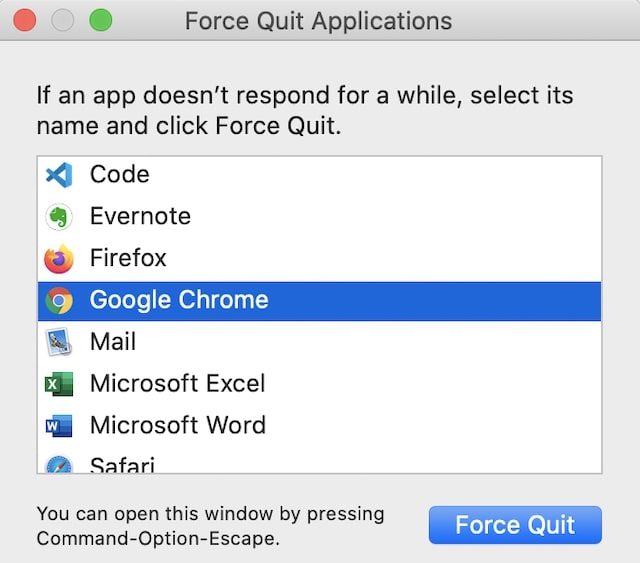
- #CHROME MAC COMMAND LINE OPTIONS HOW TO#
- #CHROME MAC COMMAND LINE OPTIONS INSTALL#
- #CHROME MAC COMMAND LINE OPTIONS WINDOWS 10#
- #CHROME MAC COMMAND LINE OPTIONS PC#
- #CHROME MAC COMMAND LINE OPTIONS WINDOWS 8#

#CHROME MAC COMMAND LINE OPTIONS INSTALL#

On a computer connected to the Internet, download the alternate Chrome installer.If you're having problems downloading Chrome on your Windows computer, you can try the alternate link below to download Chrome on a different computer.
#CHROME MAC COMMAND LINE OPTIONS HOW TO#
You can also learn how to fix problems installing Chrome. If you want to download and install Chrome, learn more about how to exit S mode. If you can’t install Chrome on your Windows computer, your computer might be in S mode. If you've used a different browser, like Internet Explorer or Safari, you can import your settings into Chrome. You can make Chrome your default browser.
#CHROME MAC COMMAND LINE OPTIONS WINDOWS 10#
#CHROME MAC COMMAND LINE OPTIONS WINDOWS 8#
Windows 8 & 8.1: A welcome dialog appears.Windows 7: A Chrome window opens once everything is done.If you're asked, "Do you want to allow this app to make changes to your device," click Yes.If you choose Save, to start installation, either:.Chrome will continue to run unaffected by the change. If, for some reason, you wish to stop providing easy access to Chrome’s Incognito Mode, simply delete the shortcut you just created. Some users may also prefer to change the shortcut’s icon to help visually differentiate between the two ( here’s a link to a nice Incognito Mode icon). You’ll now want to rename the shortcut (e.g., “Chrome – Incognito”) so that you can distinguish between “standard” Chrome and your new Incognito Mode shortcuts. Press OK to save the change and close the shortcut’s Properties window. You can type it yourself or, if you have 32-bit Chrome installed to the default location, simply copy and paste the following into Target box, overwriting what’s there: "C:Program Files (x86)GoogleChromeApplicationchrome.exe" -incognito We need to add this to the end of the Chrome shortcut’s Target path, outside the quotation marks. To launch Chrome in Incognito Mode, the command line instruction is, unsurprisingly, “-incognito”. In Windows, users can add appropriate command line instructions to an application’s Target path to set certain parameters and launch options. Right-click on the Chrome shortcut, select Properties, and make sure you’re on the Shortcut tab. In our example, we’re using a Chrome shortcut located on the desktop. Most users likely already have a Chrome shortcut on their desktop or Windows taskbar. In order to add a command line option to Chrome, we’ll need to use a shortcut. Simply substitute the correct file path if you have Chrome installed elsewhere.
#CHROME MAC COMMAND LINE OPTIONS PC#
In our example, Chrome is installed in its default location on a PC running Windows 8.1. In all supported versions of Windows, this can be easily accomplished with the addition of a command line option to the Chrome shortcut. If you find yourself frequently entering Chrome’s Incognito Mode, you can save a step by creating a dedicated Chrome shortcut that launches the browser with Incognito Mode already enabled.

Doing so, however, requires that the user first launch the browser and then initiate a new Incognito Mode session with via Chrome’s menu or a keyboard shortcut ( Control-Shift-N for Windows and Linux, Command-Shift-N for OS X). That said, many users find value in Chrome’s Incognito Mode, and frequently access the feature. The websites a user visits while in Incognito Mode will still be able to identify the user via IP address, and many forms of online viruses and malware will still infect the computer if downloaded or executed. However, Incognito Mode should not be confused with browser or online security.

Incognito Mode is useful for hiding a user’s browsing activity from other local users of the same computer, such as when shopping for a secret birthday gift, conducting private business on a friend’s computer, or looking at adult content. Related: iPhone and iPad users can block local browser tracking by enabling Private Browsing mode in iOS.


 0 kommentar(er)
0 kommentar(er)
